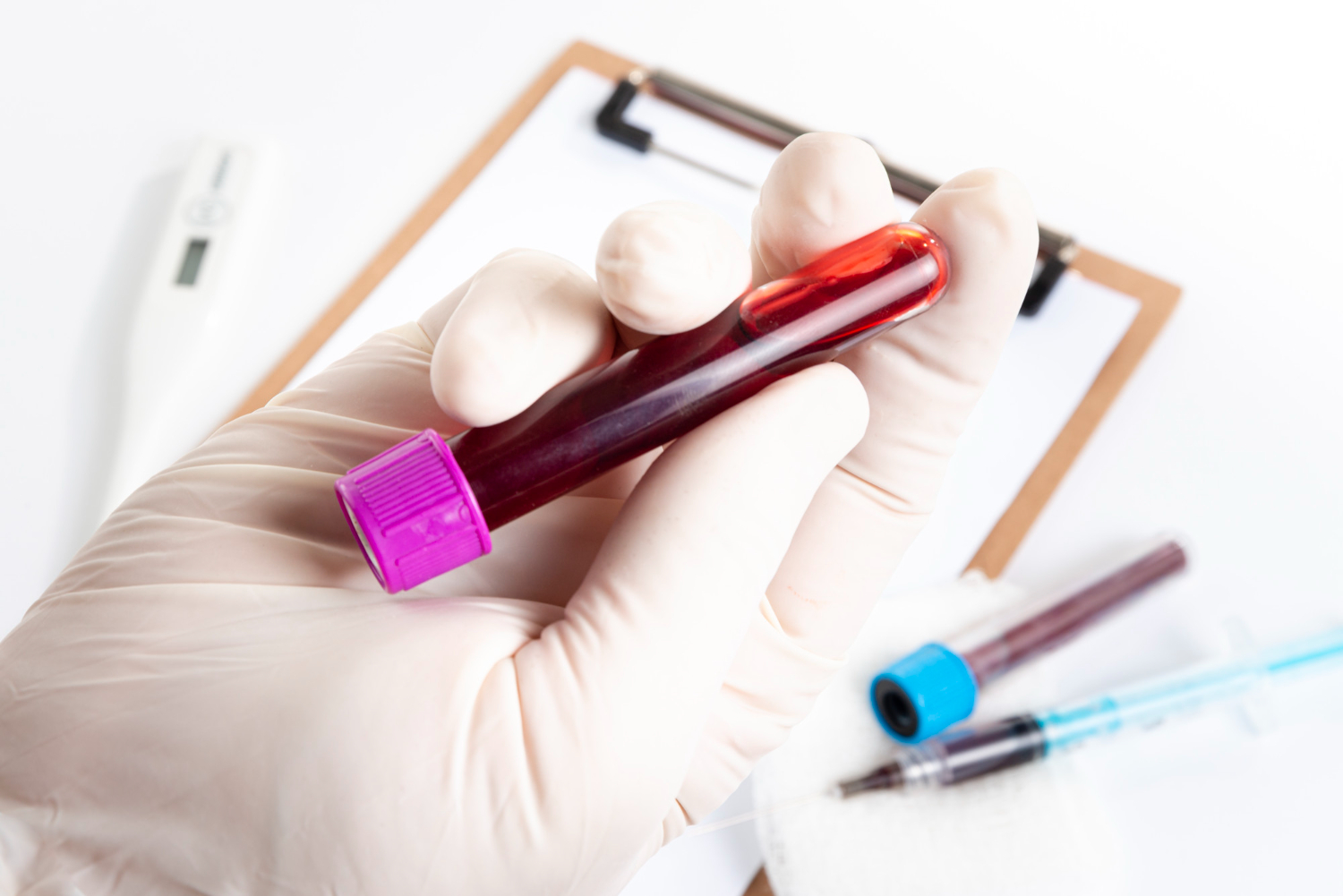How to Test for and Treat Candida Naturally
Candida overgrowth, a fungal infection caused by the Candida albicans yeast, affects many individuals. Understanding how to recognize and address it naturally can significantly impact one’s health and well-being.
I. Introduction to Candida
A. What is Candida?
Candida refers to a type of yeast that naturally resides in the human body, typically found in the mouth, gut, and other mucous membranes. It’s a part of the body’s normal flora and usually doesn’t cause issues when it’s in balance with other microorganisms. However, problems arise when this balance is disrupted, leading to Candida overgrowth. This overgrowth can result from various factors such as a weakened immune system, prolonged antibiotic use, hormonal imbalances, high sugar diets, stress, or certain medical conditions.

When Candida multiplies excessively, it can cause infections, commonly known as candidiasis, which can manifest in diverse ways across the body, leading to symptoms ranging from digestive discomfort, oral thrush, to skin and genital infections. Understanding Candida and its triggers is crucial in managing its impact on overall health and well-being.
B. Understanding Candida Overgrowth
Candida overgrowth occurs when the balance of microorganisms in the body, particularly the Candida yeast, is disrupted, leading to an excessive proliferation of this fungus. This imbalance can result from various factors such as a weakened immune system, prolonged use of antibiotics, high stress levels, hormonal changes, or diets rich in sugars and processed foods. When Candida grows unchecked, it can cause a range of symptoms affecting different parts of the body, commonly manifesting as digestive issues, oral thrush, skin infections, fatigue, and even mood disturbances.

Recognizing the signs and understanding the triggers behind Candida overgrowth is pivotal in effectively addressing and managing its impact on overall health. It often necessitates a holistic approach that involves dietary modifications, lifestyle changes, and sometimes specific treatments to restore the body’s microbial balance and alleviate symptoms associated with Candida overgrowth.
II. Symptoms of Candida Overgrowth
A. Common Signs and Symptoms
The signs and symptoms of Candida overgrowth encompass a broad spectrum that can affect various systems in the body. Common indications include persistent fatigue, recurrent yeast infections, particularly in the mouth or genital areas, digestive disturbances like bloating, constipation, or diarrhea, skin problems such as rashes or itching, and mood fluctuations like irritability or difficulty concentrating. Additionally, individuals might experience cravings for sugar or refined carbohydrates, which often exacerbate candida spit test & overgrowth.

These symptoms can vary in intensity and manifestation from person to person, making diagnosis challenging. Understanding these common signs is crucial in identifying potential Candida overgrowth and seeking appropriate measures for addressing the underlying issues to restore the body’s natural balance and alleviate discomfort.
B. Impact on Health
Candida overgrowth can impact overall health, causing chronic fatigue, compromised immunity, and potential complications.
III. Testing for Candida
A. Diagnostic Methods
Medical professionals employ various tests, including blood tests, stool analysis, and cultures, to diagnose Candida overgrowth.
B. At-Home Tests and Indicators
Simple home tests like the spit test or questionnaire-based assessments can offer initial indications of Candida presence.
IV. Natural Treatments for Candida
A. Diet Changes
Eliminating sugar, refined carbohydrates, and processed foods while incorporating anti-fungal foods can help rebalance gut flora.

B. Probiotics and Supplements
Probiotics and specific supplements like garlic, oregano oil, and caprylic acid aid in restoring gut health.
C. Lifestyle Adjustments
Stress management, regular exercise, and sufficient sleep support the body’s natural defense mechanisms against Candida.
V. Herbal Remedies and Alternative Therapies
A. Herbal Supplements
Certain herbs like pau d’arco, berberine, and grapefruit seed extract possess antifungal properties beneficial in addressing Candida.

B. Alternative Therapies
Practices like acupuncture or essential oil therapies may complement conventional treatments for Candida overgrowth.
VI. Prevention Strategies
A. Dietary Adjustments
Maintaining a balanced diet, minimizing sugar intake, and consuming probiotic-rich foods prevent Candida overgrowth.
B. Lifestyle Modifications
Reducing stress, getting quality sleep, and avoiding excessive antibiotic use aid in preventing Candida-related issues.
VII. Conclusion
Understanding how to identify Candida overgrowth and implementing natural approaches can significantly alleviate symptoms and promote overall well-being.
FAQs
-
Is Candida overgrowth common? Candida overgrowth is fairly common due to factors like diet, stress, and antibiotic use.
-
Can dietary changes alone treat Candida? While diet plays a crucial role, a holistic approach combining diet, supplements, and lifestyle changes is more effective.
-
Are at-home tests reliable for Candida detection? At-home tests provide initial indications but may not offer conclusive results; consulting a healthcare professional is recommended.
-
Can stress worsen Candida overgrowth? Yes, stress weakens the immune system, making the body more susceptible to Candida overgrowth.
-
Are there any risks in using herbal remedies for Candida? Some herbs may interact with medications or cause side effects; consulting a healthcare professional before use is advisable.

